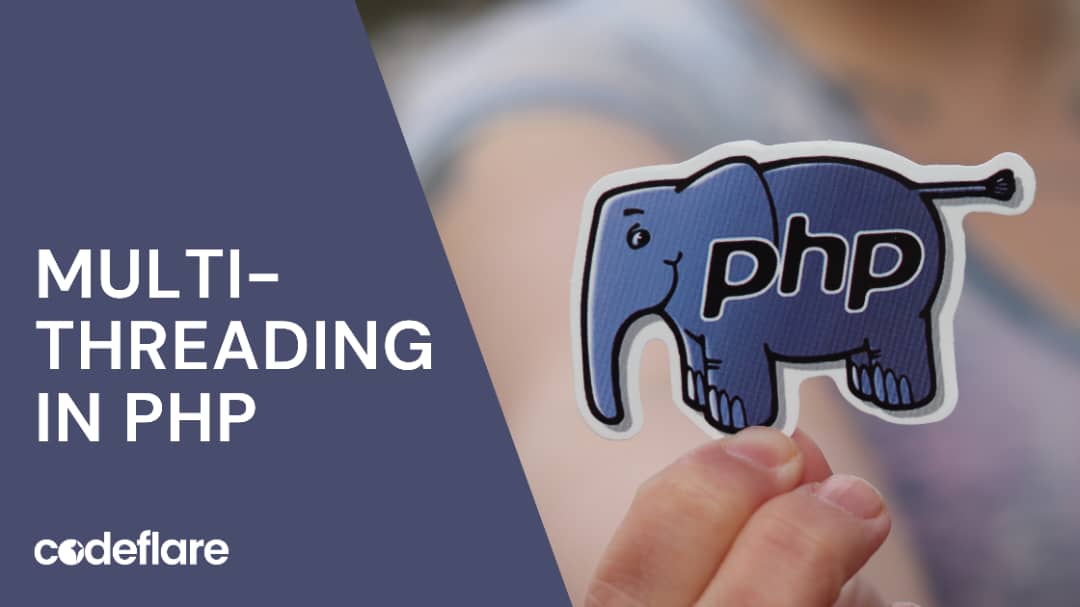
As web applications grow more complex and handle increasing numbers of simultaneous users, managing concurrent requests becomes crucial. Traditional PHP runs in a single-threaded manner, meaning it processes one request at a time. However, for applications that require handling multiple tasks simultaneously—such as web servers, APIs, or real-time systems—this can become a bottleneck. Implementing PHP multithreading for concurrent request handling provides a solution by allowing multiple threads to run concurrently, thus improving the efficiency and performance of your applications.
Understanding Multithreading in PHP
Multithreading involves the execution of multiple threads concurrently within a single process. Each thread can perform a different task, enabling an application to handle multiple operations at the same time. Although PHP does not natively support multithreading like languages such as Java or Python, there are ways to achieve similar functionality.
Approaches to Multithreading in PHP
- pThreads Extension:
- The
pThreadsextension is a popular method for implementing multithreading in PHP. It allows you to create and manage threads, enabling parallel execution of code. WithpThreads, you can spawn new threads that can execute different parts of your code simultaneously, significantly improving performance for tasks like data processing or network communication.
- The
- Parallel Extension:
- The
parallelextension is a more modern approach to multithreading in PHP. It provides an API for executing code in parallel, making it easier to handle multiple threads without some of the complexities ofpThreads. This extension is ideal for tasks such as processing large datasets, handling I/O operations, or running background jobs.
- The
- Asynchronous Programming:
- While not true multithreading, asynchronous programming in PHP can achieve similar results. By using libraries such as
ReactPHPorSwoole, you can write non-blocking, event-driven code that handles multiple requests concurrently. This approach is particularly useful for I/O-bound tasks, like making HTTP requests or interacting with a database.
- While not true multithreading, asynchronous programming in PHP can achieve similar results. By using libraries such as
- Forking:
- PHP’s
pcntl_fork()function can create child processes that run concurrently with the main process. While this is more akin to multiprocessing than multithreading, it can be used to handle concurrent tasks. Each child process can execute independently, allowing you to perform tasks like batch processing or parallel computation.
- PHP’s
Use Cases for Multithreading in PHP
- Real-time Applications: Multithreading can be essential for real-time applications, such as chat systems or live dashboards, where multiple users interact with the application simultaneously.
- Data Processing: When dealing with big data, processing large datasets in parallel can dramatically reduce execution time. Tasks such as data aggregation, analysis, and reporting can benefit from multithreading.
- Network Services: PHP applications that act as servers, handling multiple incoming requests, can use multithreading to manage connections more efficiently. This is particularly useful for APIs or microservices.
Challenges and Considerations
While multithreading can improve performance, it also introduces complexity. You need to manage shared resources carefully to avoid issues like race conditions, deadlocks, and synchronization problems. Additionally, not all PHP environments support extensions like pThreads or parallel, so you need to consider deployment environments before adopting these techniques.
Conclusion
Multithreading in PHP offers a powerful way to handle concurrent requests efficiently, making it possible to build more responsive and scalable applications. By leveraging PHP multithreading for concurrent request handling through extensions like pThreads and parallel, or adopting asynchronous programming models, you can significantly enhance the performance of your PHP applications in scenarios that require concurrent processing. However, it’s essential to approach PHP multithreading for concurrent request handling with caution, ensuring proper resource management and understanding the limitations of your environment.






